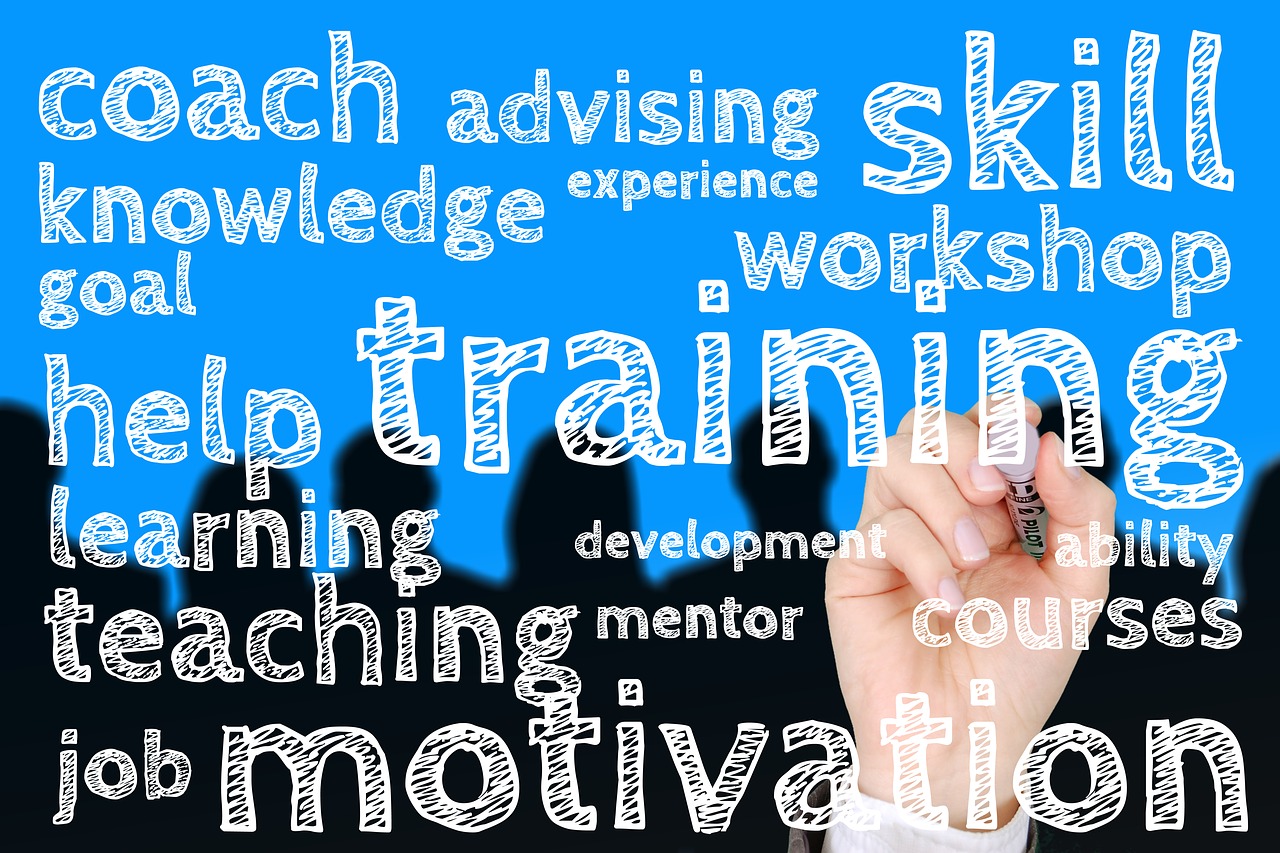
Well-being-based career practices and interventions for preventing and treating mental illness
November 9, 2018
Principles in Action: Uncovering interests to find the best career fit
November 9, 2018Many people who live on the autism spectrum are under- or unemployed, but with some support, this differently talented group can offer a lot to the workforce
By Sarah Taylor and Dr Anna-Lisa Ciccocioppo
Autism Spectrum Disorder is commonly thought of as a childhood condition but in fact, ASD is a life-long neurological difference. Children will rarely lose the diagnosis as they get older, and an increasing number of individuals are being diagnosed as adults. Statistics from the U.S.-based Center for Disease Control in 2016 indicate that as many as one in 68 children were diagnosed, and statistical trends across various sources suggest that the number of individuals identified on the spectrum is growing considerably.
The diagnostic criteria according to the Diagnostic and Statistical Manual of Mental Disorders (DSM-5) include persistent deficits in social communication and social interaction across multiple contexts, as manifested by deficits in social-emotional reciprocity, non-verbal communicative behaviours used for social interaction, and in developing, maintaining and understanding relationships. Autism is a spectrum disorder, meaning that there is a wide degree of variation in the way it affects people, but they have a shared core of traits. The level of (dis)ability and the combination of traits varies tremendously from person to person. In fact, two people with the same diagnosis may have very different behaviours, abilities and life outcomes.
Providing support in post-secondary

As these examples suggest, students on the autism spectrum may have difficulty coping with the post-secondary environment, which may cause them to drift from one field of study to another, leading to frustration, anxiety, depression and dropping out (Dipeolu, Storlie, & Johnson, 2015). As such, these students can experience greater challenges in general with career planning and the school-to-work transition.
Barriers to entering the workforce
Recent American statistics indicate that 85% of people living on the autism spectrum are unemployed or underemployed. The study also found that only half (53%) of young adults with an ASD diagnosis had ever worked for pay outside the home in the first eight years following high school, representing the lowest employment rate among disability groups even when controlling for impairment severity, household income and social demographics (Howlin, 2013).
What are the workplace barriers that contribute to these concerning statistics? One issue is that autism is an invisible disability and people tend to be more compassionate and understanding about disabilities they can see. The increased emphasis on social versus technical skills, and finding the “right fit” for the team, in addition to the increased role of behavioural scenario questions in the interview process, can make it difficult for a prospective employee on the spectrum to present as a desirable candidate in an interview situation.
Once hired, there can be additional challenges with developing relationships and communicating effectively with colleagues. Individuals living on the autism spectrum can have difficulty understanding language with multiple meanings, including humour, sarcasm, synonyms, idioms and metaphors. The desire for fixed schedules and routine can mean that employees on the spectrum may seem inflexible with changing work expectations and environments.
In spite of these challenges, employees on the spectrum offer many strengths to the workplace. They are reliable, dedicated employees who offer strengths in attention to detail, concentration, long-term memory, special interests and tolerance for repetitive tasks. They are attentive listeners who will follow the outlined protocol carefully, focus intently on the task, and are less likely to gossip or be caught up in office politics.
Easing the transition
So, how can we best help young adults on the spectrum successfully transition from post-secondary studies into the workplace? Briel and Getzel (2014) identify a number of best practices:
- Provide information that is clear and precise – avoid using metaphors or jokes to communicate career-planning information.
- Provide experiential learning opportunities related to the job search. For example, train jobseekers through role play how to demonstrate interest in a position through their body language and active listening, and how to become comfortable with being asked open-ended questions in an interview.
- Assist with goal setting, problem-solving and decision-making. Help jobseekers address challenges such as disorganization, inability to multitask and literal-mindedness. Encourage them to look for a work environment where they can function well, rather than the “perfect” job.
- Aid with time management and stress management. Expose them to situations in which time management, sustained effort and delayed gratification can be demonstrated and learned through discussion and role play. Stress-management strategies such as regular exercise, listening to relaxing music and reframing negative thoughts can be helpful to jobseekers on the spectrum.
- Help prospective employees develop a disclosure plan or self-efficacy script to articulate functional limitations and areas of strength. Encourage students to thoroughly assess the situation during the interview process before deciding whether or not to disclose. Functional limitations can be the focus of disclosure, as the employer does not need to know a diagnosis.
- Assist students with transition planning and skill development as soon as possible to appropriately prepare high-school students for post-secondary life and beyond, with parental involvement (Dymond, Meadan, & Pickens, 2017).
- Help them understand accommodations they could request in the post-secondary and/or work environment (e.g., periodic breaks, alternatives to open cubicles, limited exposure to ringing phones and soft lighting) to reduce sensory overload (Dipeolu et al., 2015).
While there are challenges involved and resources required to support people who live on the autism spectrum to be successful in post-secondary studies and in the transition to employment, we reiterate that there are tremendous benefits to engaging this increasingly prominent and differently talented group of students and workers.
Sarah Taylor began her career in autism treatment in 1996. Her many years of experience in assessment, consultation and advocacy help provide a framework for curriculum/project development and sensitivity training for employers.
Dr Anna-Lisa Ciccocioppo is a Registered Psychologist and Counsellor at the University of Calgary. She focuses much of her research and practice on the career development of post-secondary students.
References
American Psychiatric Association (2013). Diagnostic and statistical manual of mental disorders (5th ed.). Washington, DC: Author.
Autism and Developmental Disabilities Monitoring Network (ADDMN) (2012). Prevalence of autism spectrum disorders— autism and developmental disabilities monitoring network, 14 sites, United States, 2008. MMWR Surveillance Summaries, 61(3), 1–19.
Briel, L. W., & Getzel, E. E. (2014). In their own words: The career planning experiences of college students with ASD. Journal of Vocational Rehabilitation, 40, 195-202.
Center for Disease Control. (2016). CDC Estimates 1in 68 school-aged children have autism; no change from previous estimate [Press release]. Retrieved from https://www.cdc.gov/media/releases/2016/p0331-children-autism.html
Dipeolu, A. O., Storlie, S., & Johnson, C. (2015). College students with high-functioning Autism Spectrum Disorder: Best practices for successful transition to the world of work. Journal of College Counseling, 18, 175-190.
Dymond, S. K., Meadan, H., & Pickens, J. L. (2017). Postsecondary education and students with autism spectrum disorders: Experiences of parents and university personnel. Journal of Developmental and Physical Disabilities, 29, 809-825.
Howlin, P. (2013). Social disadvantage and exclusion: Adults with autism lag far behind in employment prospects. Journal of the American Academy of Child and Adolescent Psychiatry, 52 (9), 897–899.


